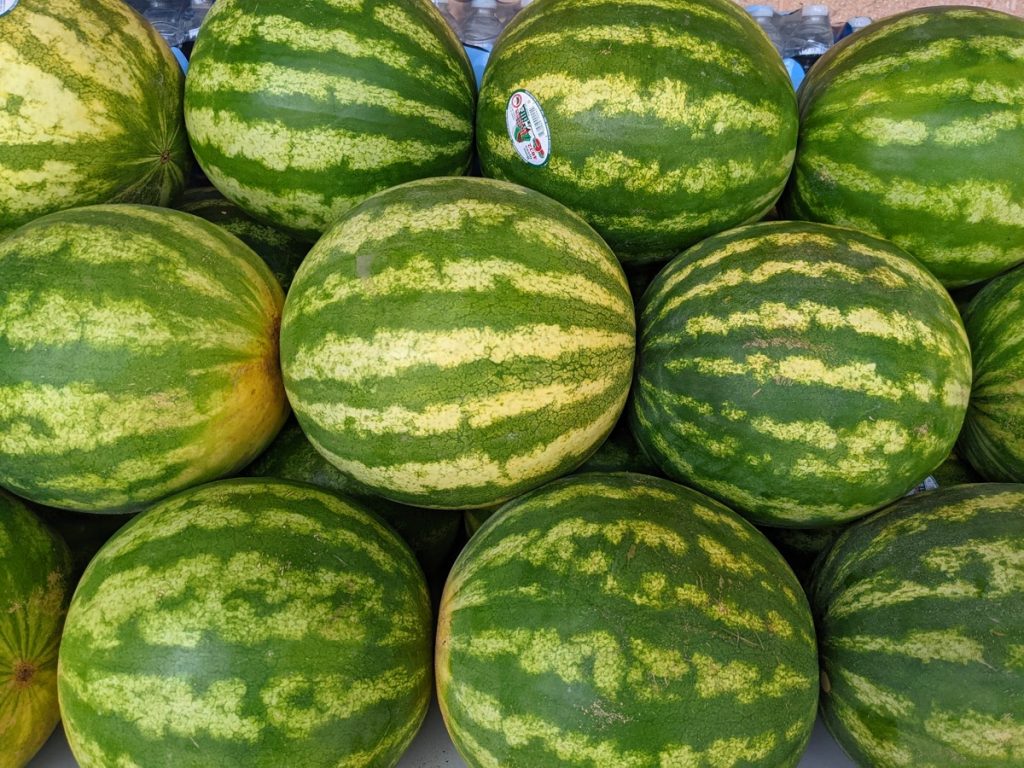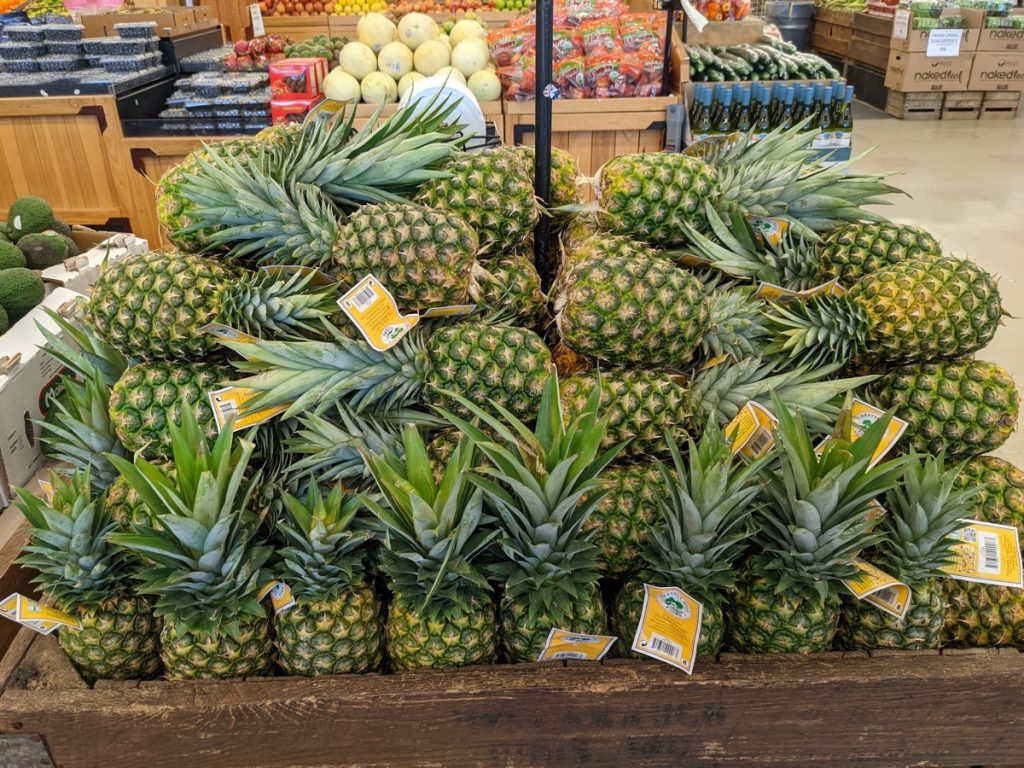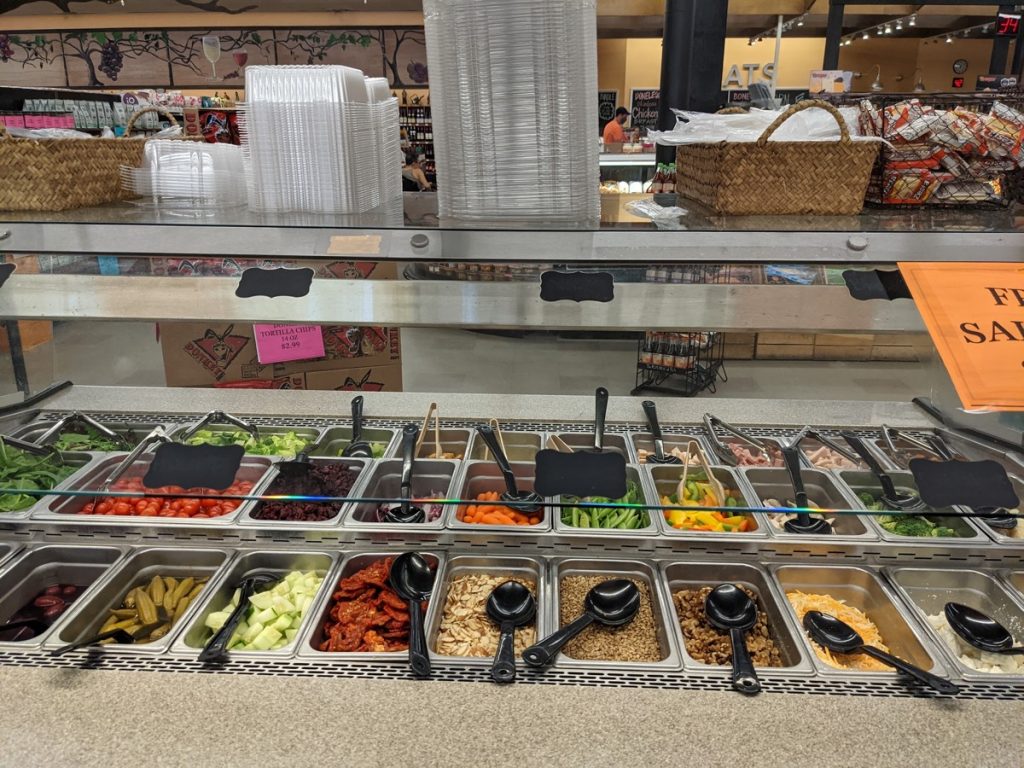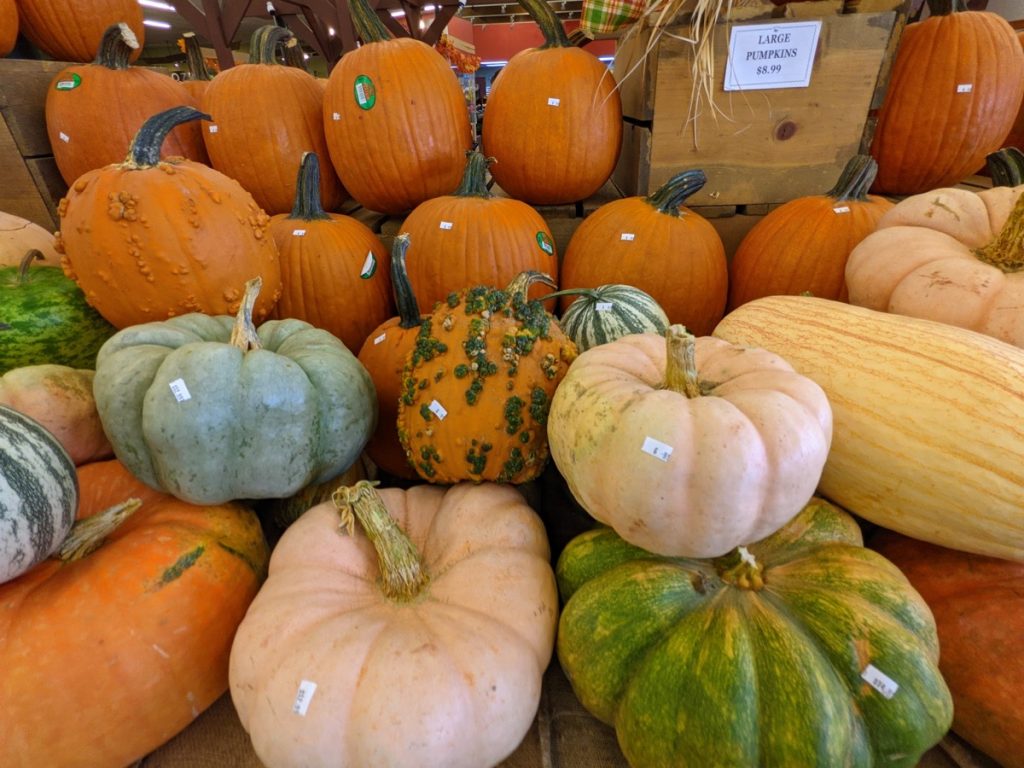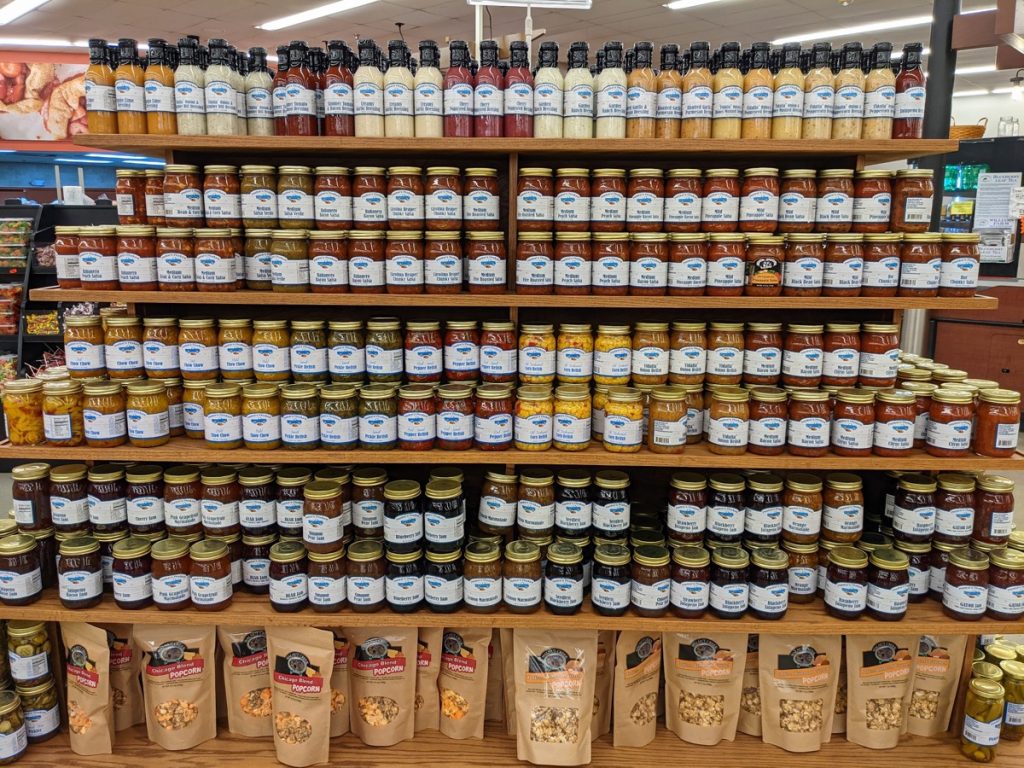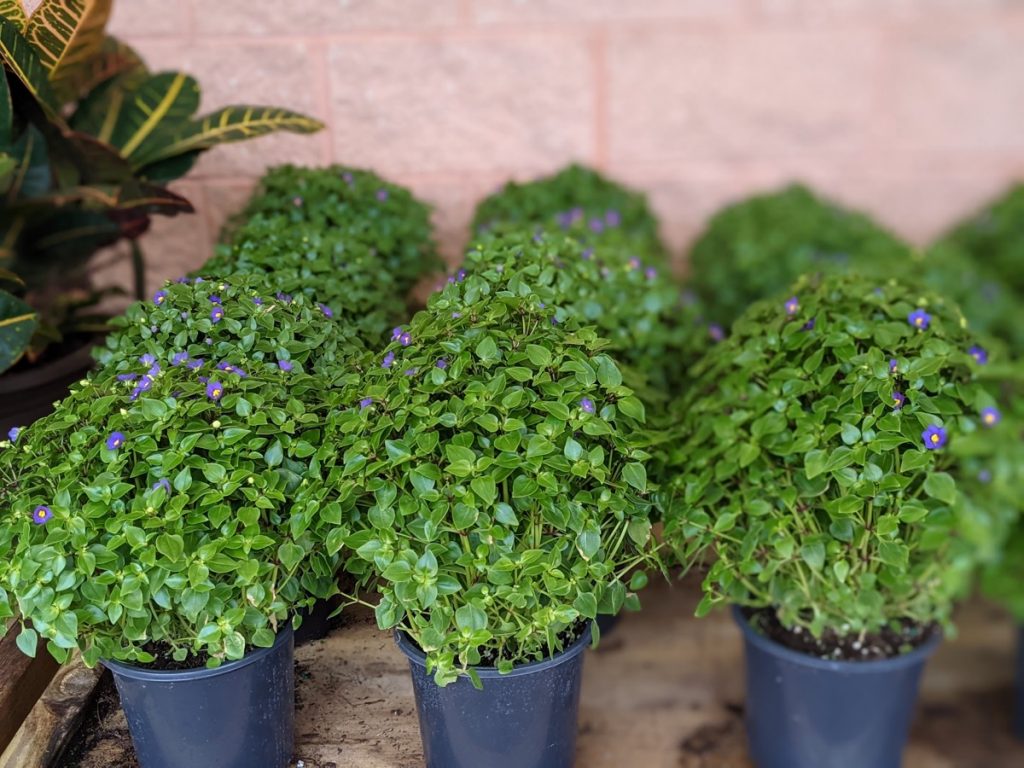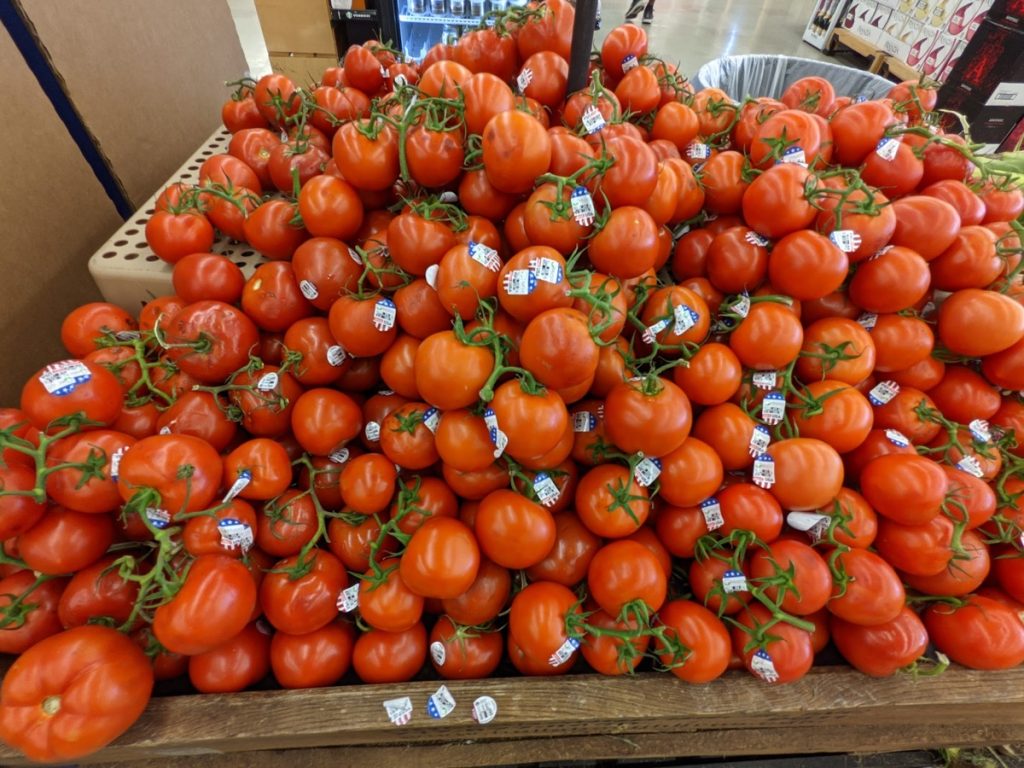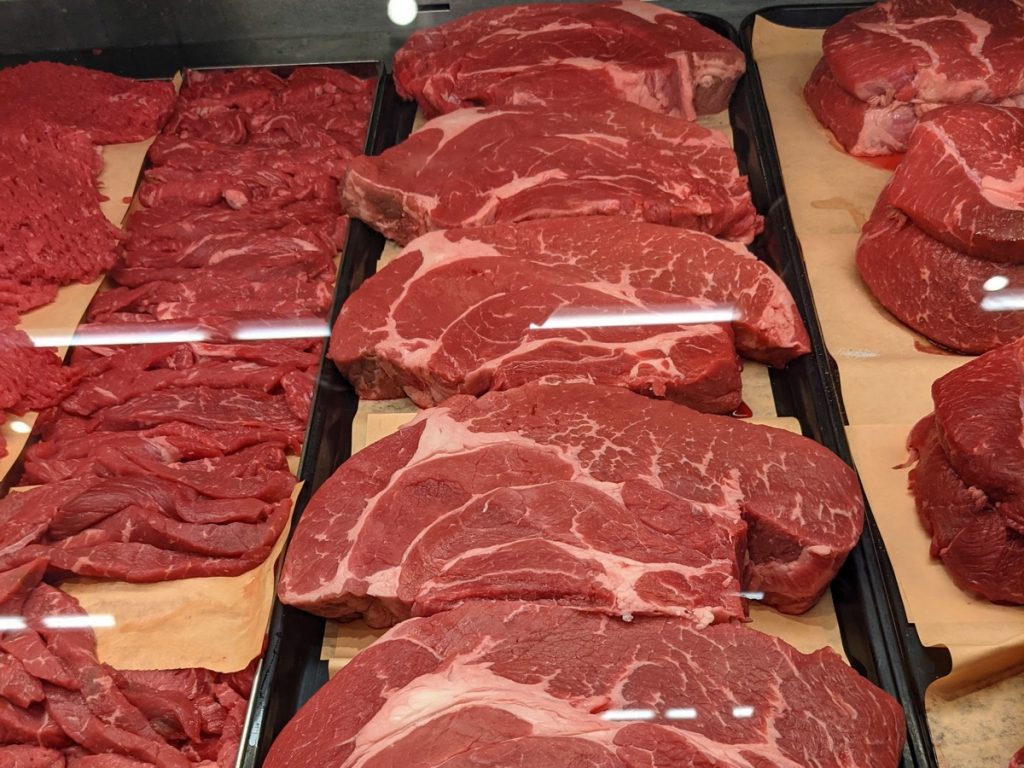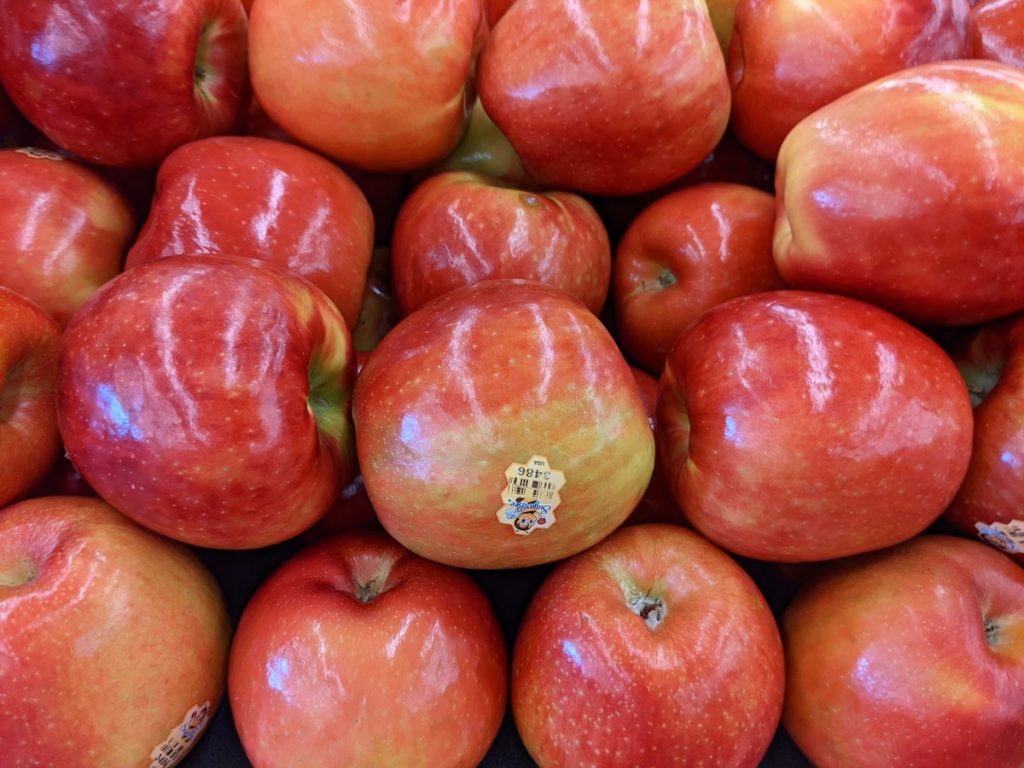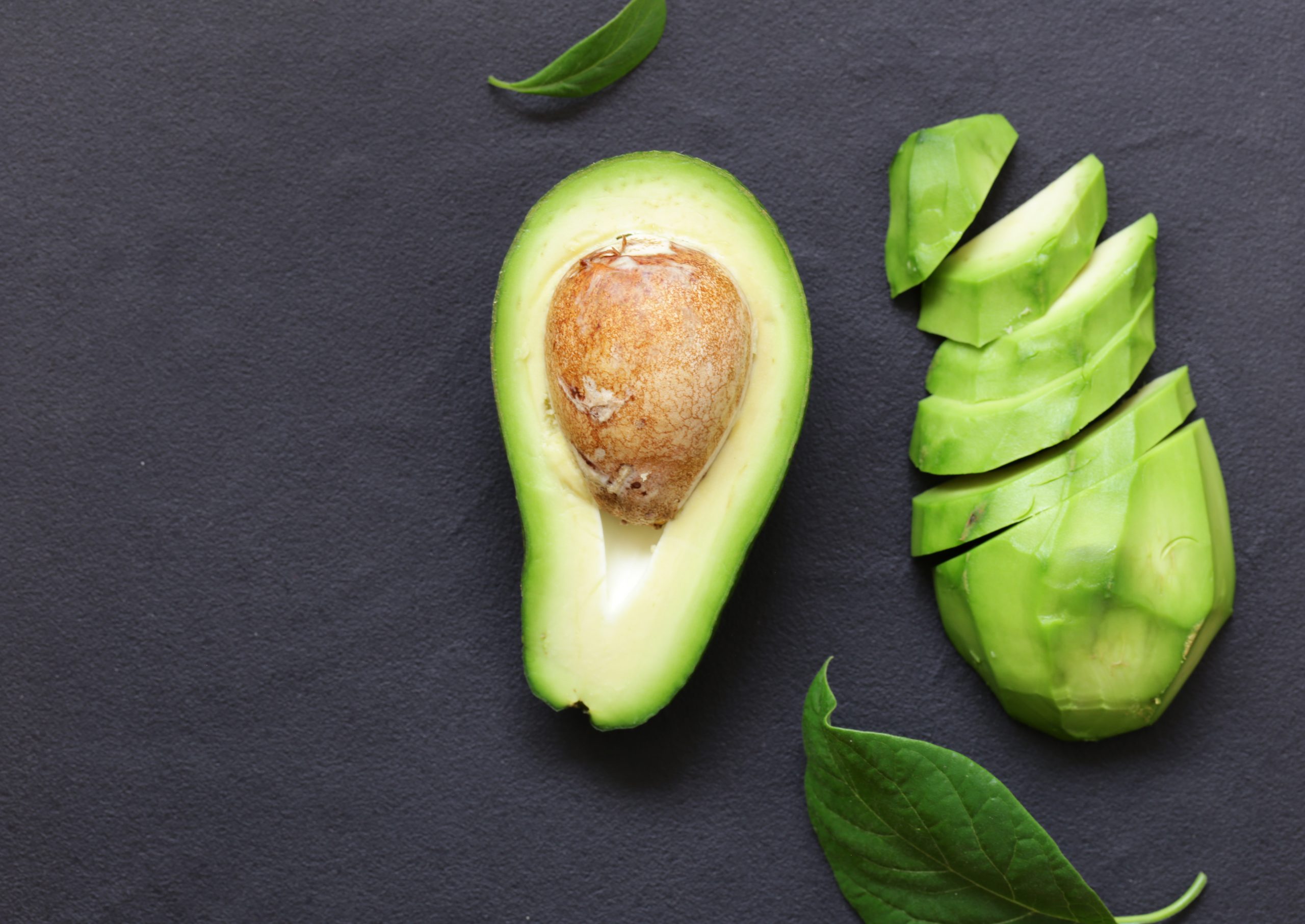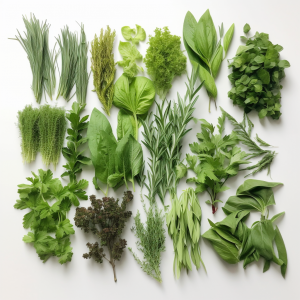The ideal time to eat any fruit is at the peak of its freshness. Timing is everything. If you eat fruit before it becomes ripe, it can be hard and lacking flavor. If you eat fruit after its freshness has peaked, it can be mushy, bug ridden and even rotten. Ugh! So, how can you tell if an avocado is ripe? That’s easy!
Avocados don’t ripen on the vine. They ripen, change color and become softer and more enjoyable to eat after they have been harvested.
The first thing you want to do when determining if an avocado is ripe is to check its color. Dark green avocados aren’t quite ripe. It’s the deep purple, almost black ones you want to eat.
However, be careful. Color can be misleading since the softening of this creamy fruit can occur at varying rates. So, check the way it feels as well. Place it in the palm of your hand and very gently squeeze to check its firmness.
If an avocado is very firm, it may still have four or five days until it ripens. If you want to purchase your avocado ahead of time, simply keep it at room temperature until it is ready to eat. You can place an avocado in a brown paper bag to speed up the ripening process. Want it ripe even quicker? Just add an apple, banana or tomato to that bag.
If you find that an avocado is not totally firm, yet still a bit unyielding to gentle pressure, the seed would be difficult to remove and the flesh too firm to mash. It probably needs just one or two more days to completely ripen.
Ok Goldilocks, your avocado will be juuuuust right when it yields to gentle pressure, but isn’t too mushy. If you aren’t going to eat it immediately, place it in the refrigerator to prevent it from spoiling. That being said, if an avocado is mushy, indented (which is a good indicator of bruising) or a dark yellow or brownish color it is too ripe. A rancid smell is, of course, a dead give-away as well.

